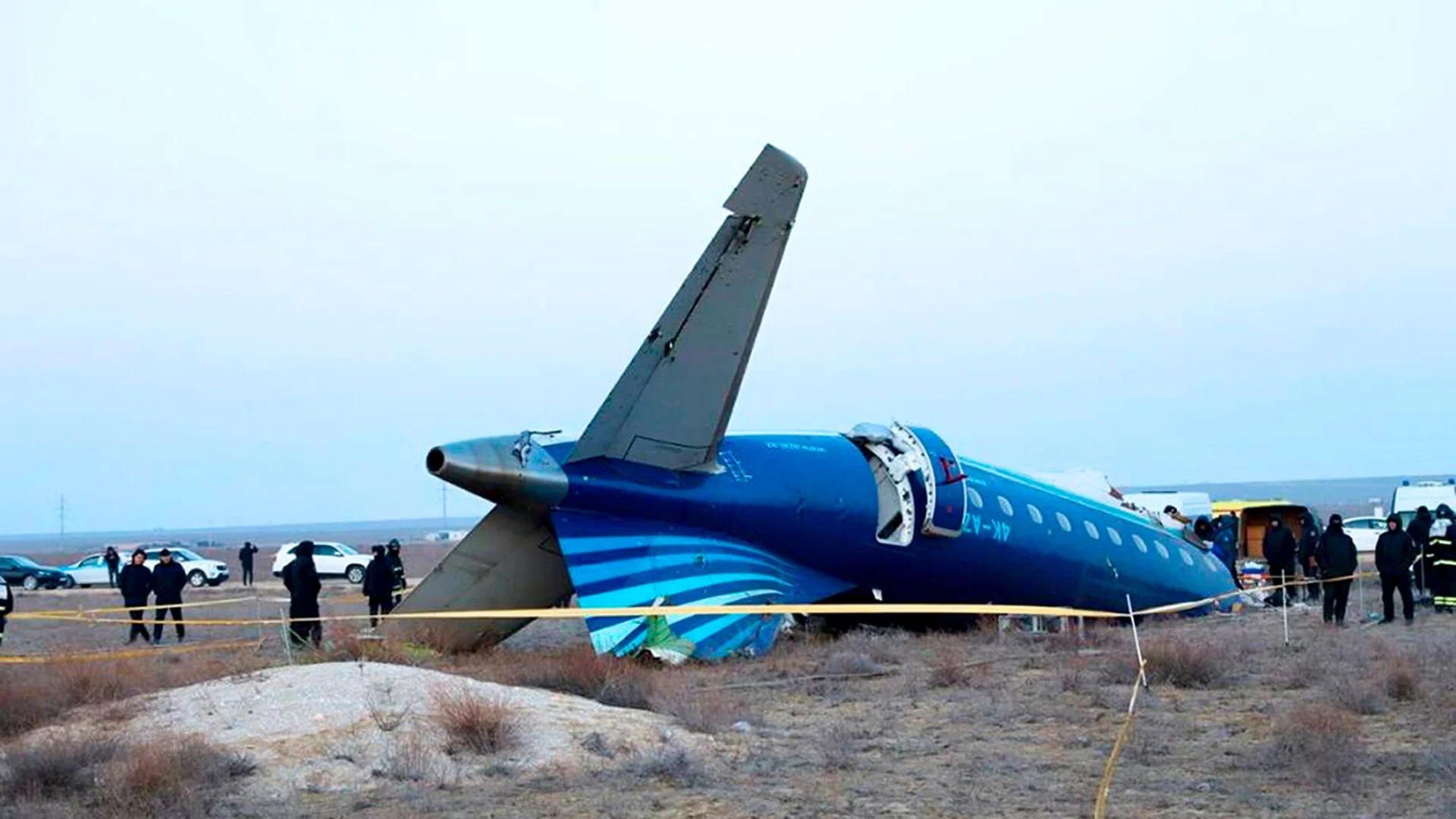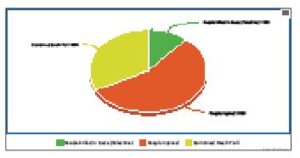In the wake of the recent terror attack launched by Hamas, Israel stands at a critical juncture, considering a ground assault on the densely populated Gaza Strip. The potential move raises not only geopolitical concerns but also complex tactical challenges for the Israeli forces, drawing parallels with conflicts in Syria and Ukraine.
The prospect of Israeli forces entering Gaza with a mechanised infantry force, coupled with air support from attack helicopters, sets the stage for a formidable urban warfare scenario. As we delve into the potential challenges, it becomes evident that the unique characteristics of Gaza, with its narrow streets and high population density, demand a nuanced approach.
One of the primary challenges lies in the densely packed urban landscape of Gaza. The lack of space exacerbates difficulties for armoured personnel carriers and tanks to navigate through debris-laden streets resulting from bombed-out buildings. The tactical intricacies of navigating such terrain necessitate careful consideration to avoid logistical pitfalls.
Booby traps within confined spaces pose significant risks for Israeli troops tasked with entering, verifying, and neutralising Hamas-held buildings. The intricate maze of narrow streets and tall buildings with small, dark windows provides an ideal setting for sniper attacks, emphasising the need for meticulous planning and execution.
Drawing lessons from conflicts in Syria and Ukraine, where smaller teams effectively utilised anti-tank guided missiles and rocket-propelled grenades, Israel faces the challenge of countering such asymmetric threats. The potential use of man-portable air defence systems (MANPADS) by Hamas adds another layer of risk, especially for troop-transport helicopters.
Historical incidents, such as the “Black Hawk Down” episode in the Battle of Mogadishu, highlight the vulnerability of low-flying helicopters in densely populated areas. This underscores the importance of cautious helicopter insertions, considering the potential threat posed by unguided RPGs and other anti-aircraft measures.
Beyond the tactical challenges, limiting collateral damage and civilian casualties emerges as a significant moral and strategic concern. The population of Gaza, enduring its fifth war in 15 years, faces not only the immediate threat of conflict but also the long-term impact of a total siege that includes restricted access to water, food, and power supplies. Israel’s vow to continue the blockade until the release of hostages raises questions about the humanitarian implications of such a strategy.
In conclusion, the decision for Israel to enter Gaza involves navigating a complex web of tactical challenges, historical precedents, and ethical considerations. As the geopolitical landscape continues to evolve, the world watches closely, hoping for a resolution that prioritises the safety of civilians and regional stability over further escalation of hostilities.
Survey on Palestine-Israel war
Q-1 Whom do you hold responsible for the Palestine-Israel war?
A- Terrorist group Hamas 38.99%
B- Israel 7.54%
C-Palestine 5.66%
D- Arms dealers 25.15%
E-Can’t say 22.66%
Q-2 India has openly supported Israel in the war against terrorist group Hamas. Your opinion –
A-Correct decision- 75.47%
B- wrong decision- 17.61%
C-Can’t say- 6.92%
Q-3 Is sympathy shown by anti-Modi groups to Hamas, in the name of Palestine for vote bank?
A- Yes 59.74%
B- No 28.30%
C- Can’t say 11.96%
Q-4 Is Modi government’s Operation Ajay a success in Israel after Ukraine?
A- Yes 79.24%
B- No 13.83%
C-Can’t say 6.93%














